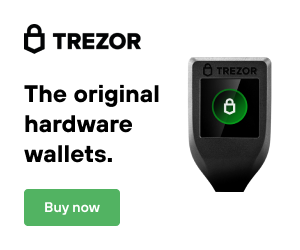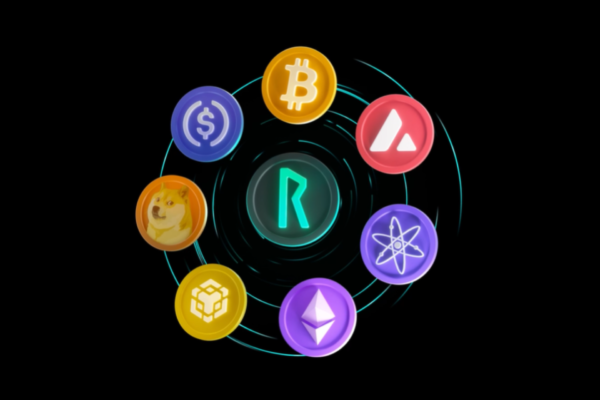This two-part article explains why we like layer 1 networks/blockchains, and why so many of our investment choices consist of them. Layer 1 tokens bring utility to the user, utility brings value, which eventually leads to increase token prices.
What is Layer-1?
A layer 1 network is the foundation of a blockchain along with its base infrastructure. Examples of a layer 1 network include Bitcoin, Ethereum, Avalanche and Cardano. Layer 1 networks can validate and confirm transactions without assistance from other blockchains [1]. Layer 2 protocols can then be created to assist in throughput of an existing infrastructure. These layer 2 protocols rely on the security and consensus of the base layer 1 protocol. A great example of this is Polygon (MATIC) which increases the speed and reduces the cost of Ethereum based transactions. Polygon benefits from the immense security of Ethereum, but works on two of its major weaknesses.
The main reason we like these networks is that they generally have a token associated with them that brings utility to the investor. Ethereum derives much of its price action through the demand that is driven by an actual need to hold ETH. ETH is needed to complete any transaction on the Ethereum network. As more applications are built on Ethereum, the demand theoretically should increase over time. More demand with similar or reduced supply=upward price movement. Ethereum has many other important aspects that make it a viable investment we have discussed in other articles.
Layer-1 projects have been some of our most reliable investments over the past year or two. A big reason for this is that when you invest into their respective tokens, you are investing in the entire network. Rather than investing in just one game, or one protocol, holding Ethereum for example is an investment in the entire community and network effect. Growing networks, developer interest, and institutional interest are all positive metrics for potential future investments. Investing in ETH like tokens brings about an unique proposition you cannot find in the word of the stock market. Imagine needing Apple stock to purchase apple products or use their services. Next, imagine some apple stock is removed from the total supply with each transaction. Lower supply generally drives price higher, this is how Ethereum works.
Check out part II [here].
[1] https://academy.binance.com/en/articles/what-is-layer-1-in-blockchain
















